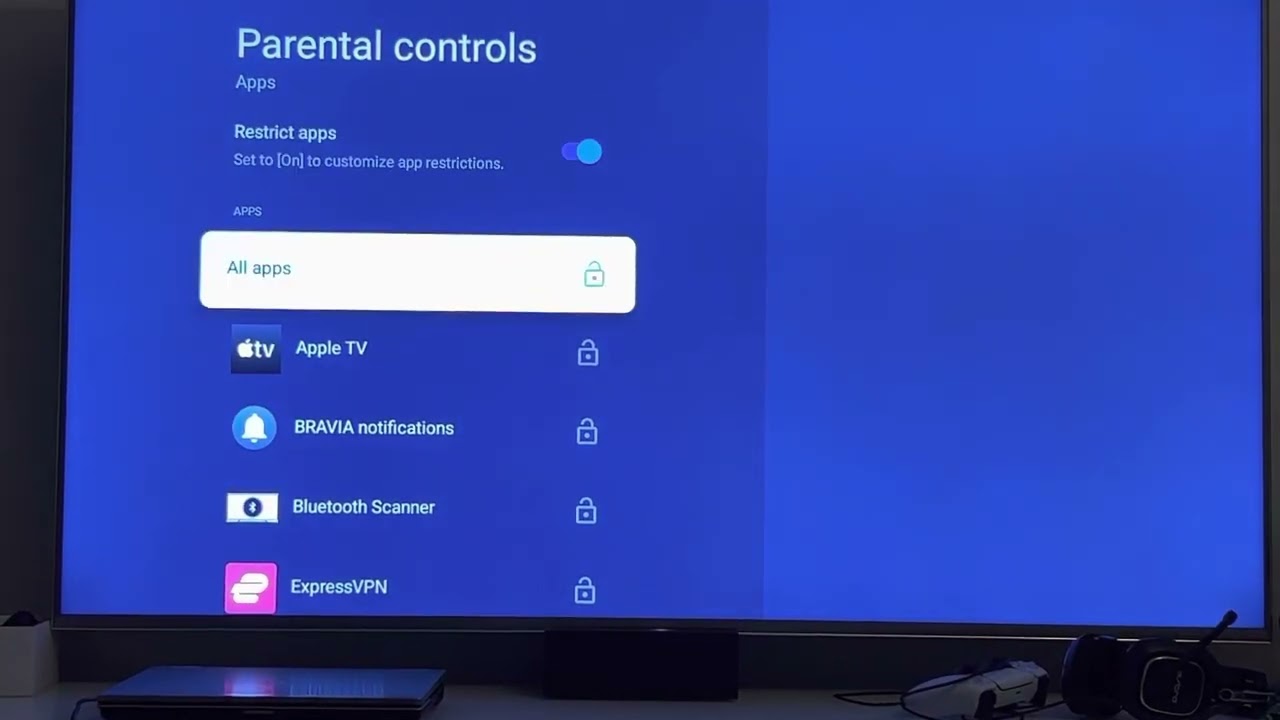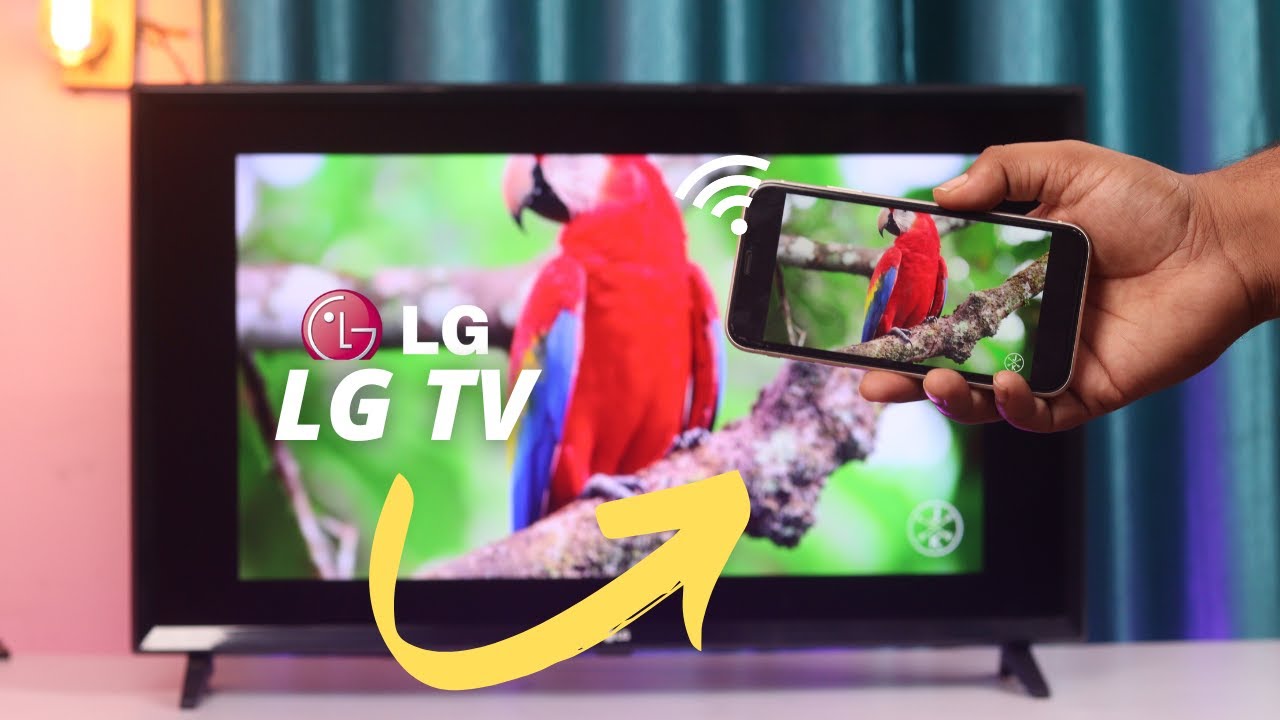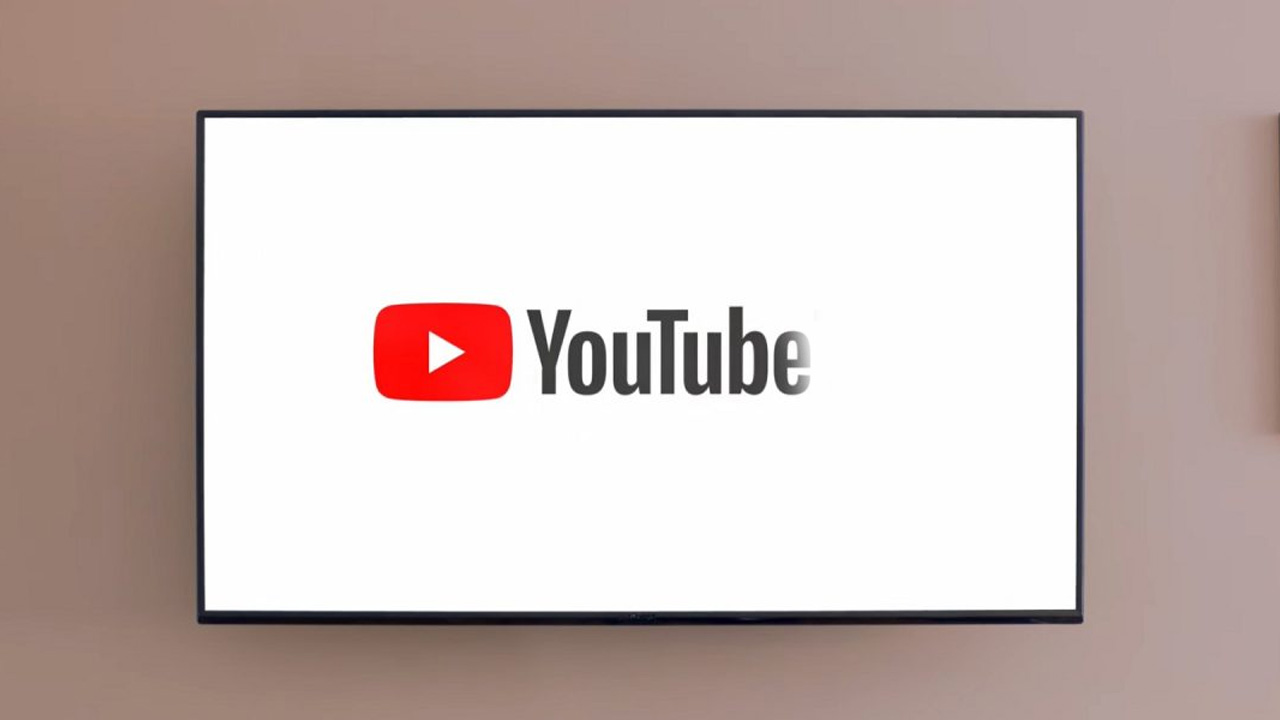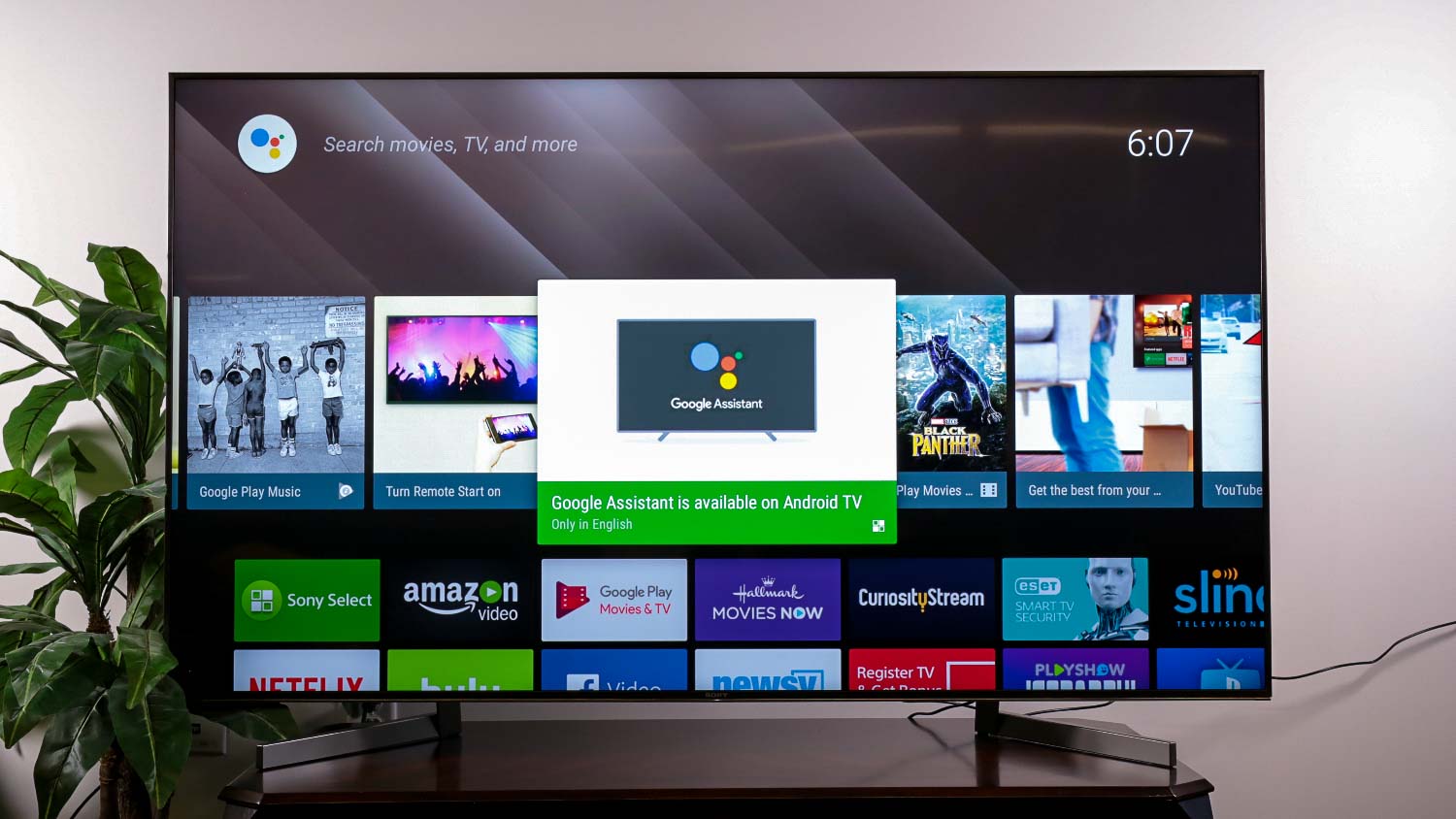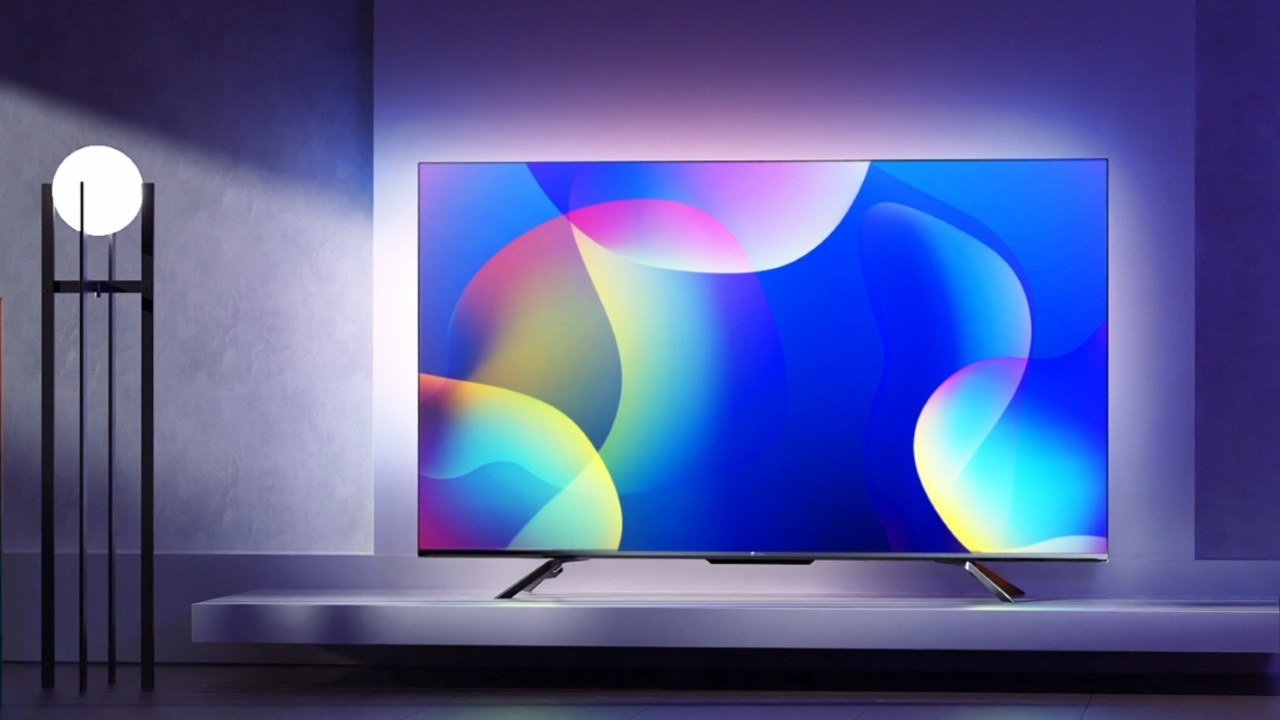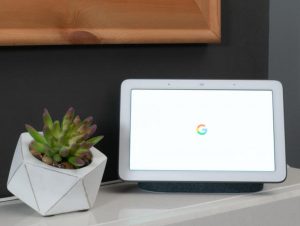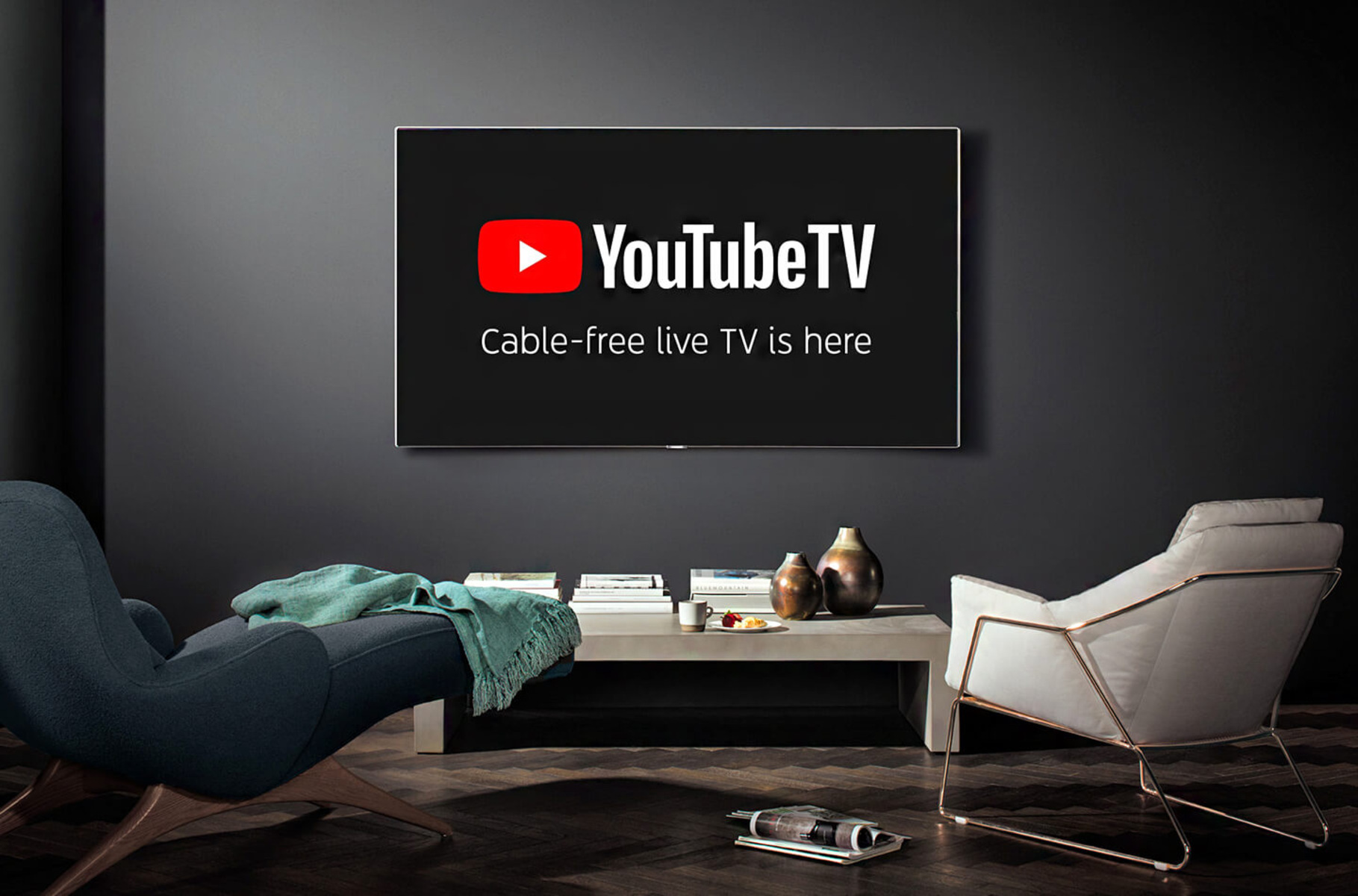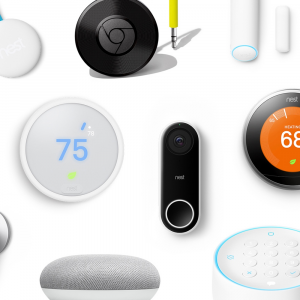Introduction
With the rise of streaming services and online video platforms, accessing various types of content, including YouTube, has become easier than ever. Smart TVs have become a popular choice for many households, providing a convenient way to enjoy entertainment right from the comfort of your living room. However, there may be instances when you want to restrict access to certain apps, like YouTube, on your smart TV.
In this article, we will explore why you might want to lock YouTube on your smart TV and provide step-by-step instructions on how to do it. By implementing parental controls and setting a passcode, you can ensure that inappropriate content is not accessible to children or other family members, giving you peace of mind while using your smart TV.
Whether you’re a concerned parent or simply want to regulate the content that can be viewed on your smart TV, locking YouTube is a simple and effective way to control access. Follow the steps outlined below to ensure a safe and appropriate viewing experience for everyone in your household.
Why Locking Youtube on a Smart TV?
While YouTube offers a vast collection of videos ranging from educational content to music, there are also numerous videos that might not be appropriate for all viewers, especially children. Locking YouTube on your smart TV provides you with control over the content that can be accessed, ensuring a safer and more enjoyable viewing experience. Here are a few reasons why you might consider locking YouTube on your smart TV:
- Content Control: By locking YouTube, you can prevent children from stumbling upon inappropriate videos or content that may not be suitable for their age. This allows you to have peace of mind knowing that they are only accessing age-appropriate content.
- Parental Monitoring: Locking YouTube allows parents to monitor and regulate what their children watch. With parental controls in place, you can ensure that they are engaging with content that aligns with your family values and offers educational or entertaining material.
- Time Management: YouTube can be an addictive platform that may distract individuals, both young and old, from other activities or responsibilities. By locking YouTube, you can limit the amount of time spent on the platform and encourage a healthy balance between screen time and other essential activities.
- Filtering Inappropriate Content: While YouTube actively works to remove inappropriate content, there is still a possibility that some videos may slip through the cracks. By locking YouTube and implementing content restrictions, you can filter out potentially harmful or offensive material.
- Protecting Personal Information: By locking YouTube, you can limit the chances of children accidentally sharing personal information or engaging in risky behavior on the platform. This ensures their online safety and protects them from potential cyber threats.
Locking YouTube on your smart TV provides numerous benefits, including safeguarding children from inappropriate content, controlling screen time, and ensuring a safe and enjoyable viewing experience for everyone in your household.
How Do I Lock YouTube on My Smart TV?
Locking YouTube on your smart TV involves enabling parental controls and setting a passcode to restrict access to the app. Each smart TV may have its own specific steps, but the overall process is generally similar across different manufacturers and models. Here is a general guide on how to lock YouTube on your smart TV:
- Step 1: Accessing the YouTube App: Turn on your smart TV and navigate to the home screen or main menu where the apps are displayed. Locate and select the YouTube app to open it.
- Step 2: Navigating to the Settings Menu: Once the YouTube app is open, look for the settings menu. It is typically represented by an icon that resembles a gear. Navigate to the settings menu and select it.
- Step 3: Enabling Parental Controls: Inside the settings menu, you should find an option for parental controls or restricted mode. Enable this feature to start customizing the content restrictions for YouTube.
- Step 4: Setting a Passcode: After enabling parental controls, you will be prompted to set a passcode. Choose a unique and secure passcode that is easy for you to remember but difficult for others to guess. Confirm the passcode to proceed.
- Step 5: Applying Content Restrictions: Once the passcode is set, you can customize the content restrictions according to your preferences. This may include setting age restrictions, filtering out explicit content, or blocking specific channels or topics.
- Step 6: Exiting the Settings Menu: After completing the necessary configurations, exit the settings menu and return to the YouTube app. The restrictions and parental controls should now be in effect. Whenever someone tries to access restricted content or perform restricted actions, they will be prompted to enter the passcode you set.
Remember that the steps outlined above are general guidelines and may vary slightly depending on the make and model of your smart TV. If you encounter any difficulties, refer to the user manual or online documentation specific to your smart TV to ensure you correctly lock YouTube and implement the desired content restrictions.
Step 1: Accessing the YouTube App
The first step in locking YouTube on your smart TV is to locate and access the YouTube app. The exact method may vary depending on the brand and model of your smart TV, but in most cases, you can follow these general instructions:
- Power on Your Smart TV: Ensure that your smart TV is powered on and ready for use. Use the remote control or power button on the TV itself to turn it on if it’s not already.
- Navigate to the Home Screen: Use the remote control to navigate to the home screen or main menu of your smart TV. This is usually the starting point for accessing various apps and settings on the TV.
- Locate the YouTube App Icon: Look for the YouTube app icon on the home screen or within the app section of your smart TV. It is often represented by the familiar red play button logo with the word “YouTube” written underneath it.
- Select the YouTube App: Once you’ve found the YouTube app icon, use the arrow buttons on your remote control to highlight it. Press the “OK” button or the appropriate select button on your remote to open the YouTube app.
After completing these steps, you should see the YouTube app interface on your smart TV screen. You can then proceed to the next step to configure the necessary settings to lock YouTube and implement parental controls.
If you’re unable to locate the YouTube app on your smart TV’s home screen or app section, refer to the user manual or online documentation specific to your TV model. You may need to download and install the YouTube app if it’s not pre-installed on your smart TV.
Step 2: Navigating to the Settings Menu
After accessing the YouTube app on your smart TV, the next step is to navigate to the settings menu. The settings menu allows you to customize various options, including parental controls and content restrictions. Follow these general steps to find the settings menu:
- Look for the Menu or Options Button: On your smart TV’s remote control, locate the button that is labeled “Menu” or “Options.” This button is typically represented by an icon with three horizontal lines or dots.
- Press the Menu or Options Button: Once you have found the appropriate button, press it to open the menu or options overlay on your TV screen. This will display a list of available options and settings.
- Navigate to the Settings Option: Using the arrow buttons on your remote control, navigate through the menu options until you find the one labeled “Settings.” The settings option is usually located towards the top or bottom of the menu.
- Select the Settings Option: Highlight the “Settings” option and press the “OK” button or the corresponding select button on your remote control to enter the settings menu. This will open a new screen with various settings and configuration options.
Once you have successfully accessed the settings menu, you are one step closer to locking YouTube and implementing parental controls on your smart TV. In the next step, you will learn how to enable parental controls to restrict access to YouTube and ensure a safe viewing experience.
Note that the exact steps to access the settings menu may vary slightly depending on the make and model of your smart TV. If you are having trouble finding the settings menu, refer to the user manual or online documentation specific to your TV for more detailed instructions.
Step 3: Enabling Parental Controls
Once you have entered the settings menu on your smart TV, the next step is to enable parental controls. Enabling parental controls will allow you to customize the content restrictions and set up safeguards to prevent unauthorized access to YouTube. Follow these general instructions to enable parental controls:
- Locate the Parental Controls Option: In the settings menu, look for the option labeled “Parental Controls” or “Content Restrictions.” This option may be located under a separate “Security” or “Privacy” category, depending on your smart TV model.
- Select the Parental Controls Option: Once you have found the parental controls option, use the arrow buttons on your remote control to highlight it. Press the “OK” button or the appropriate select button on your remote to enter the parental controls settings.
- Enable Parental Controls: Within the parental controls settings, you should find a toggle switch or an option to enable parental controls. Turn on this feature to activate the content restrictions and access controls for YouTube.
Enabling parental controls is an essential step in protecting young viewers from potentially inappropriate content and ensuring a safe and secure viewing experience. By enabling parental controls, you will have greater control over the type of content that can be accessed on YouTube.
Keep in mind that the specific steps to enable parental controls may vary depending on the make and model of your smart TV. If you are unable to locate the parental controls option or if the steps listed here do not match your TV’s interface, refer to the user manual or online documentation provided by the manufacturer for detailed instructions specific to your smart TV model.
Step 4: Setting a Passcode
After enabling parental controls on your smart TV, the next step is to set a passcode. The passcode will serve as a security measure to prevent unauthorized access to the YouTube app and its content. Follow these general steps to set a passcode:
- Access the Passcode Settings: Within the parental controls settings, look for an option labeled “Passcode” or “Set Passcode.” This option may be located under a separate “Security” or “Access” category, depending on your smart TV model.
- Enter a New Passcode: Once you have found the passcode settings, select the option to enter a new passcode. On the screen, you will be prompted to input a numerical passcode using the remote control or the TV’s on-screen keyboard. Choose a passcode that is easy for you to remember but difficult for others to guess.
- Confirm the Passcode: After entering the new passcode, you will be asked to confirm it by entering it again. This ensures that you have entered the passcode correctly and reduces the chances of accidental mistakes.
- Save and Apply the Passcode: Once you have successfully confirmed the passcode, save the changes and apply the passcode to the parental controls settings. This ensures that the passcode is in effect and will be required to access the YouTube app.
Setting a passcode adds an extra layer of security to your smart TV, preventing unauthorized users from accessing the YouTube app and its content. It is important to choose a passcode that is unique and known only to you or trusted family members.
Remember that the specific steps to set a passcode may vary depending on the make and model of your smart TV. If you are unable to locate the passcode settings or if the steps listed here do not match your TV’s interface, refer to the user manual or online documentation provided by the manufacturer for detailed instructions specific to your smart TV model.
Step 5: Applying Content Restrictions
Once you have set a passcode for parental controls on your smart TV, the next step is to apply content restrictions. Content restrictions allow you to customize the type of content that can be accessed on YouTube, ensuring a safe and appropriate viewing experience. Follow these general steps to apply content restrictions:
- Navigate to Content Restrictions: Within the parental controls settings, look for an option labeled “Content Restrictions” or “Restricted Mode.” This option may be located in the same menu as the passcode settings.
- Select the Content Restrictions Option: Once you have found the content restrictions option, select it to enter the content restrictions settings. Here, you can configure various settings to filter out inappropriate or unwanted content.
- Customize Content Settings: Within the content restrictions settings, you will find options to customize the type of content that is allowed or blocked on YouTube. These options may include setting age restrictions, filtering explicit content, or blocking specific channels or keywords.
- Save and Apply the Content Restrictions: After customizing the content settings according to your preferences, save the changes and apply the content restrictions. This will ensure that the selected restrictions are active when accessing YouTube.
Applying content restrictions is crucial in creating a safe and appropriate viewing environment, particularly for younger viewers. By customizing content settings, you can effectively filter out potentially harmful or inappropriate content on YouTube.
Remember that the specific steps to apply content restrictions may vary depending on the make and model of your smart TV. If you are unable to locate the content restrictions settings or if the steps listed here do not match your TV’s interface, refer to the user manual or online documentation provided by the manufacturer for detailed instructions specific to your smart TV model.
Step 6: Exiting the Settings Menu
After you have successfully configured and applied the necessary settings for locking YouTube on your smart TV, the final step is to exit the settings menu. Exiting the settings menu ensures that your changes are saved and that the content restrictions and parental controls you have implemented are in effect. Here’s how you can exit the settings menu:
- Save Your Changes: Before exiting the settings menu, make sure to save any changes you have made. This may include saving the passcode or confirming the content restrictions you have applied.
- Use the Back or Exit Button: On your smart TV remote control, look for a button labeled “Back” or “Exit.” Press this button to navigate back or exit the settings menu. This will take you back to the main interface of your smart TV or the YouTube app.
- Verify the Changes: Once you have exited the settings menu, take a moment to verify that the changes you made are in effect. Try accessing YouTube and ensure that the app is locked and that the content restrictions are active. You may be prompted to enter the passcode if you or someone else tries to access restricted content.
By exiting the settings menu, you can be confident that the necessary configurations and restrictions are applied to the YouTube app on your smart TV. This will help provide a safer and more controlled viewing experience for you and your family.
Note that the specific steps to exit the settings menu may vary depending on the make and model of your smart TV. If you are unsure of how to exit the settings menu or if the steps listed here do not match your TV’s interface, refer to the user manual or online documentation provided by the manufacturer for detailed instructions specific to your smart TV model.
Conclusion
Locking YouTube on your smart TV is an effective way to ensure a safer and more controlled viewing experience, particularly for children and families. By implementing parental controls, setting a passcode, and applying content restrictions, you can have peace of mind knowing that only appropriate and desired content is accessible on YouTube. Here’s a recap of the steps involved in locking YouTube on your smart TV:
- Access the YouTube app on your smart TV.
- Navigate to the settings menu.
- Enable parental controls.
- Set a unique and secure passcode.
- Apply content restrictions based on your preferences.
- Exit the settings menu and verify the changes.
Remember that the specific steps may vary depending on the make and model of your smart TV. Consult the user manual or online documentation provided by the manufacturer for detailed instructions specific to your smart TV model.
Locking YouTube on your smart TV not only helps protect children from inappropriate content but also allows you to regulate screen time and encourage a healthy balance of activities. Additionally, it provides peace of mind when other family members or guests use the TV, ensuring that they are accessing suitable content.
As technology continues to evolve, it’s important to stay informed about the various features and settings available on your smart TV. By taking advantage of the parental control options and content restrictions, you can create a safer and more enjoyable entertainment experience for everyone in your household.







